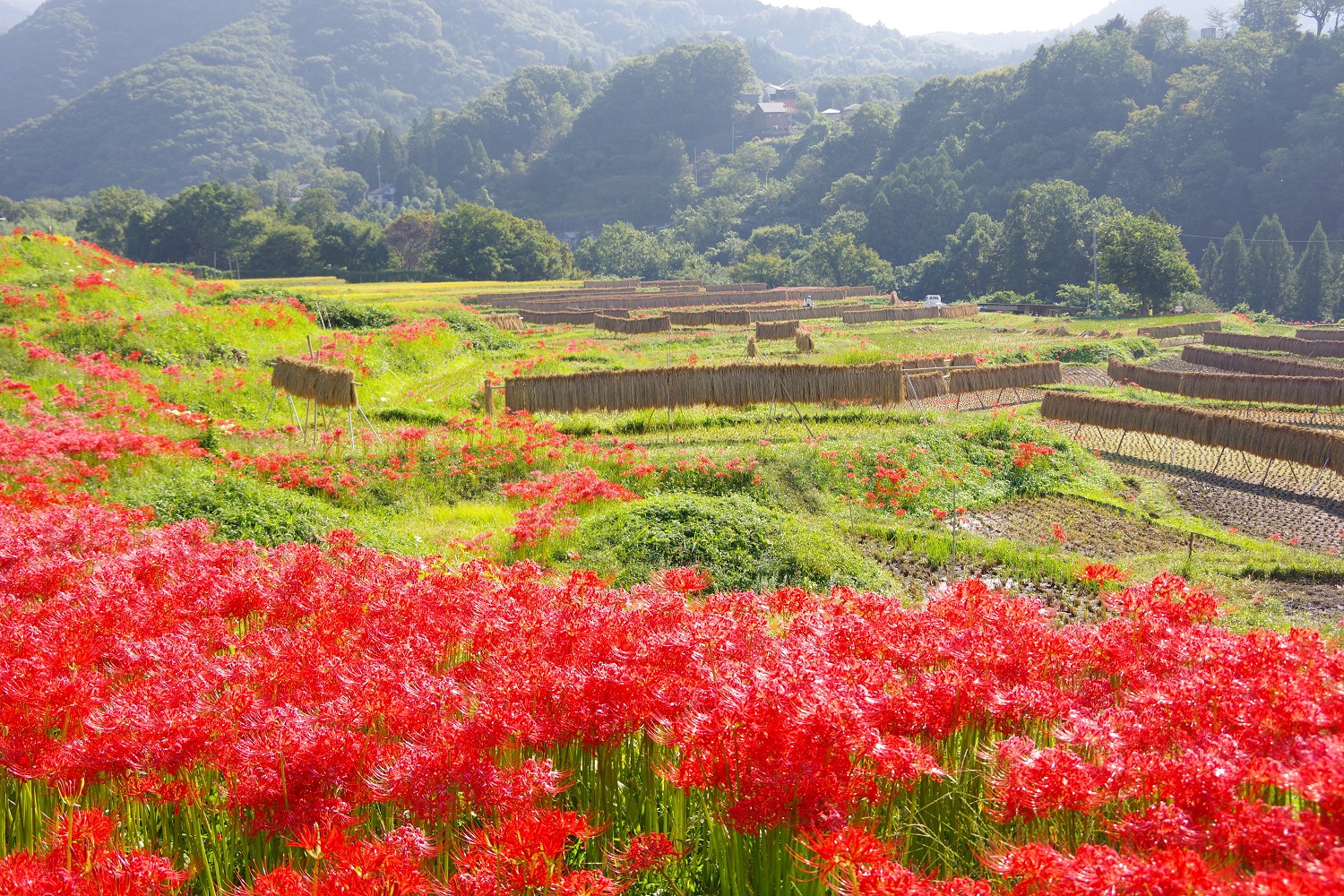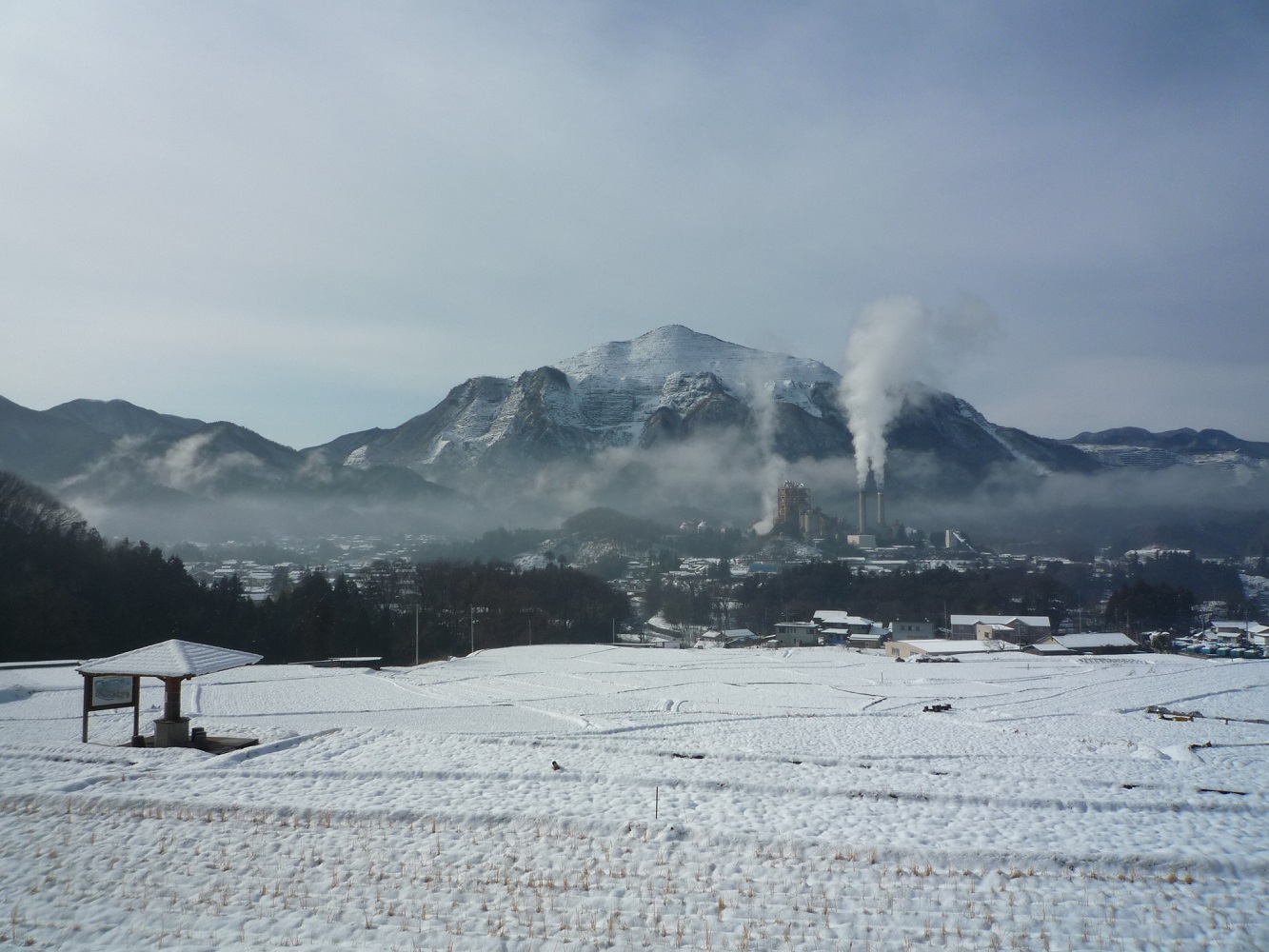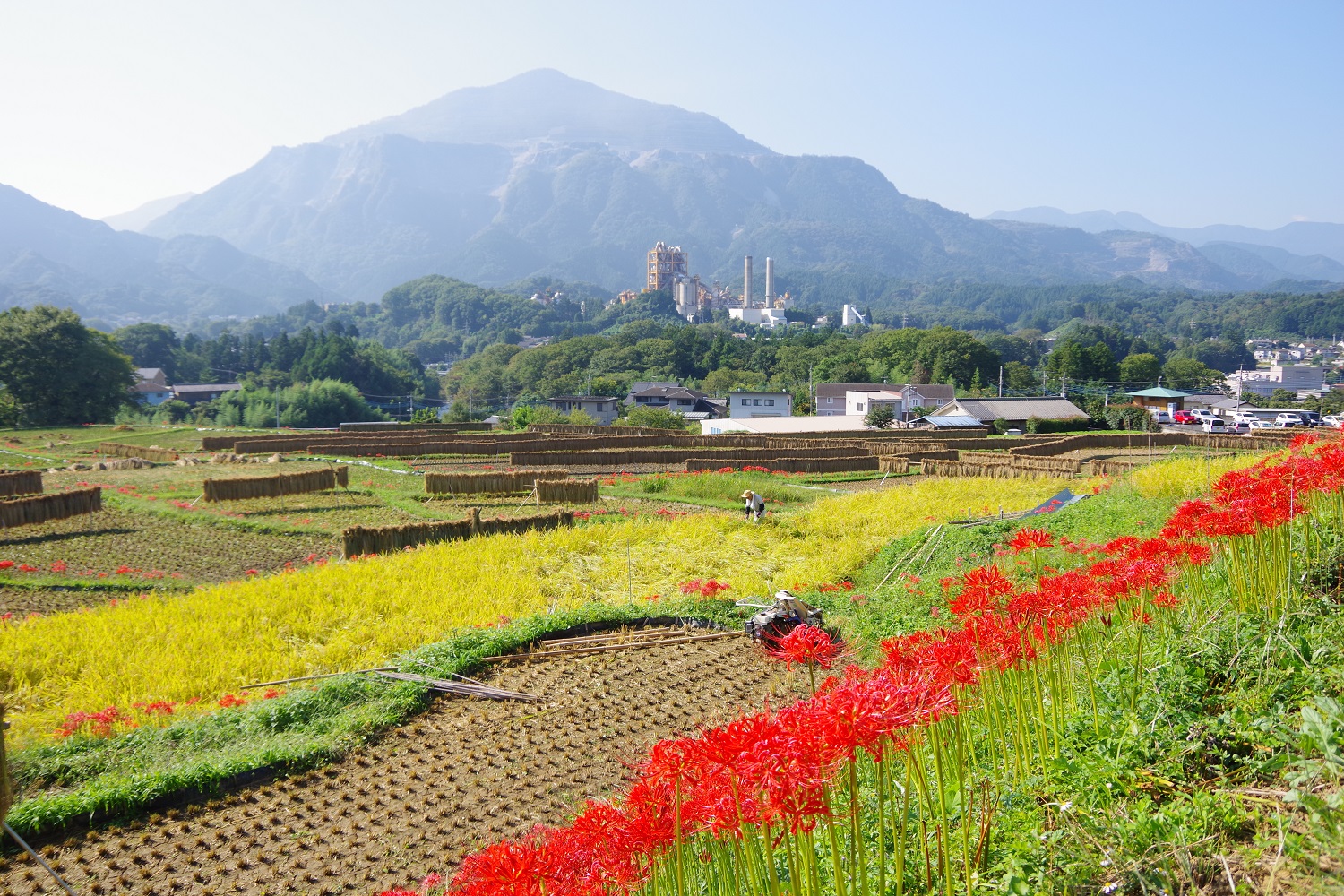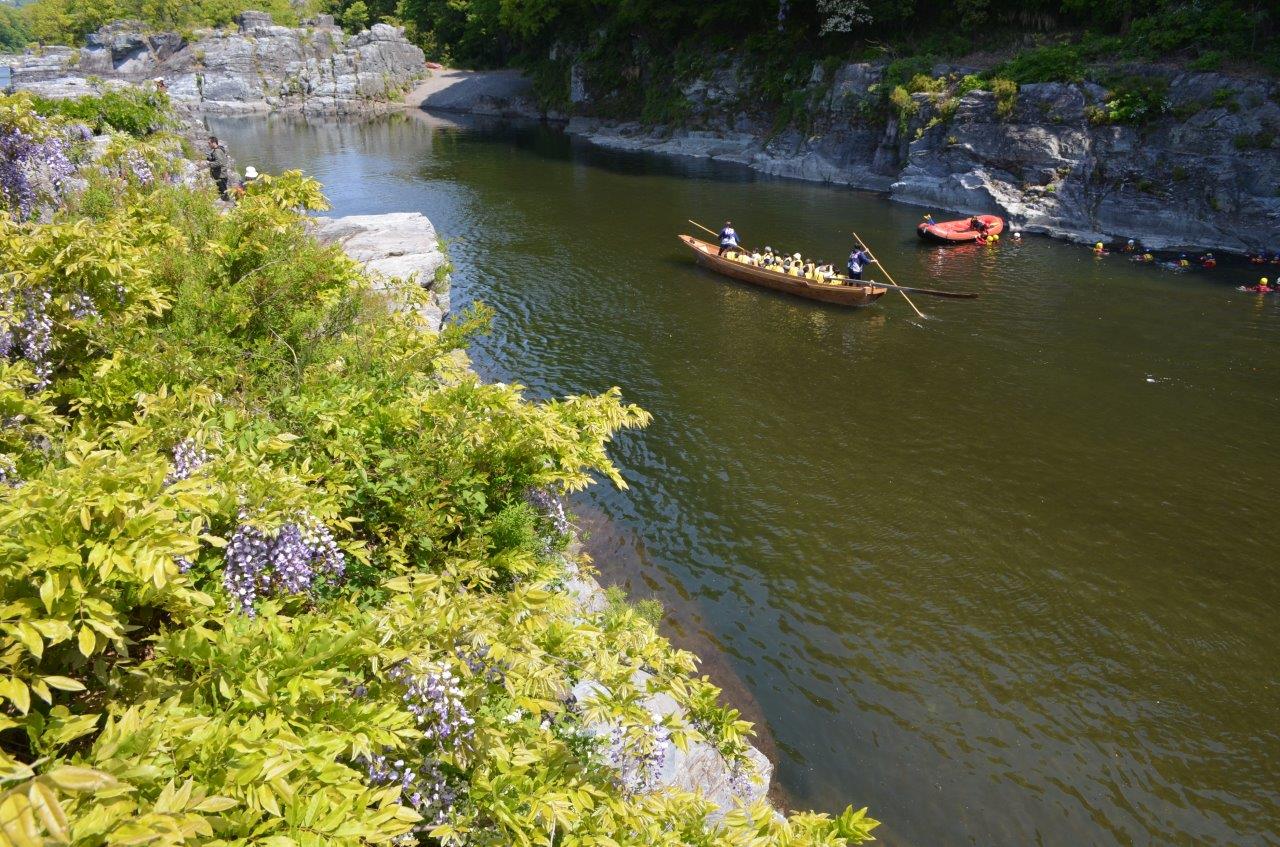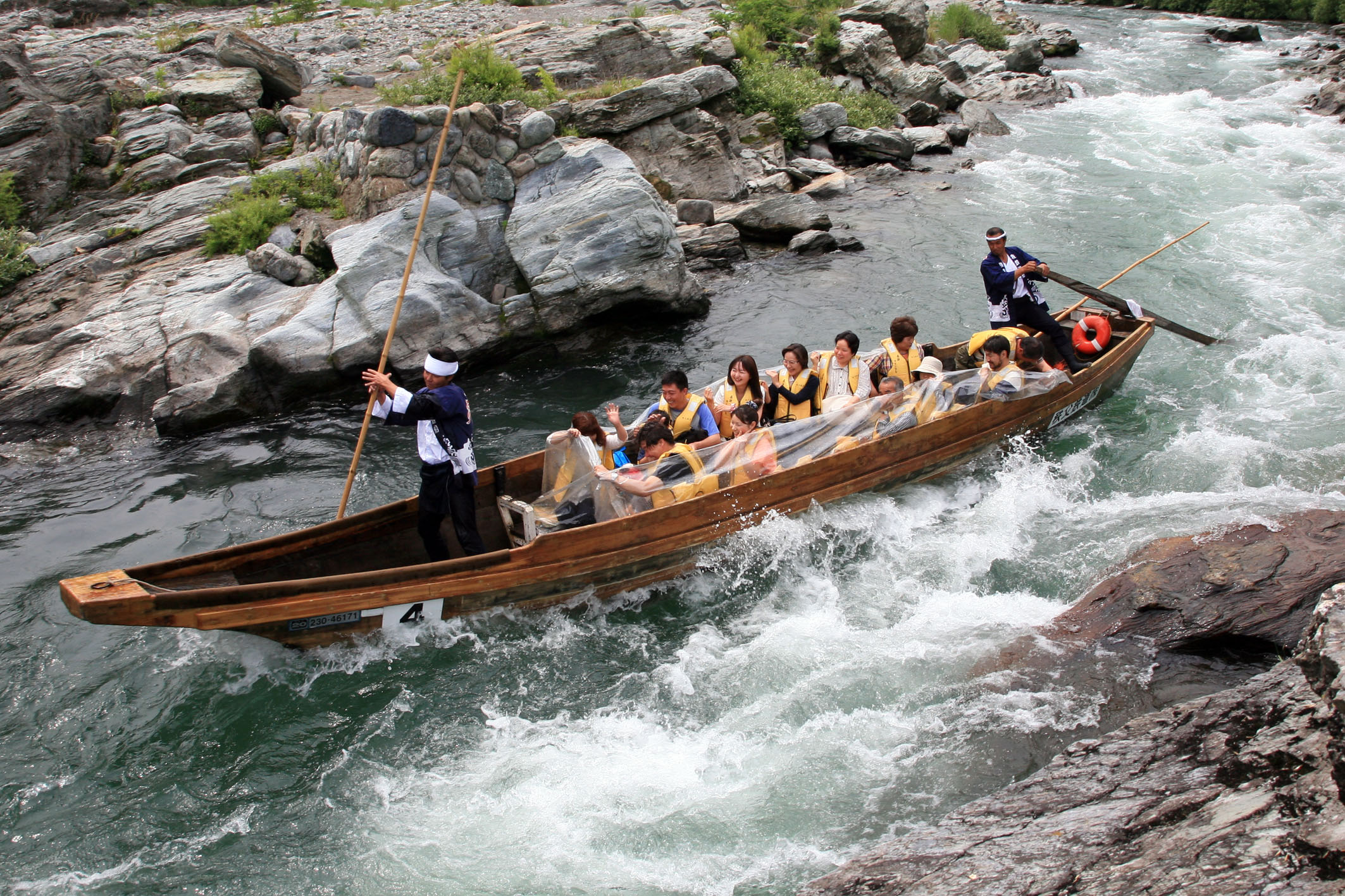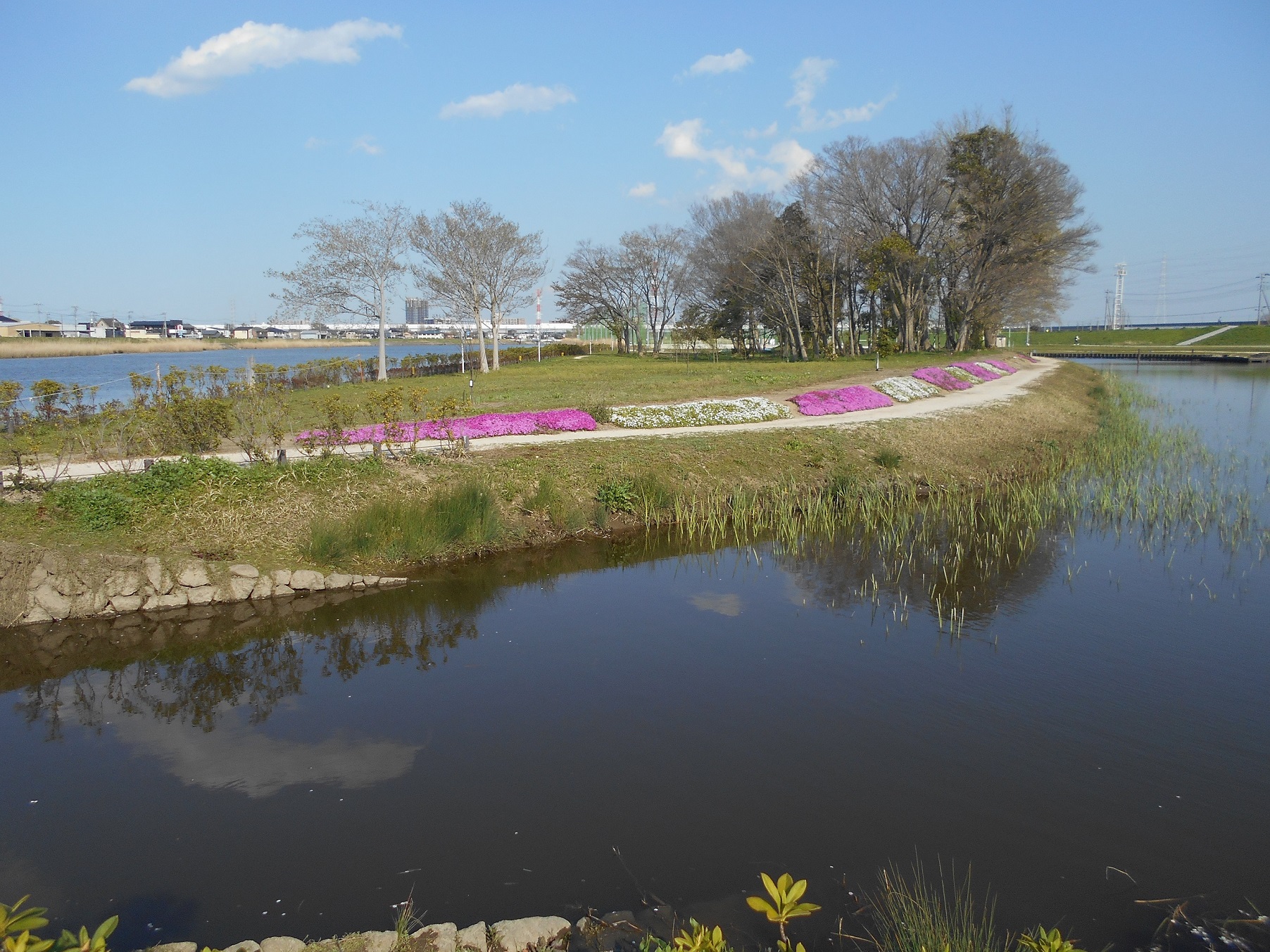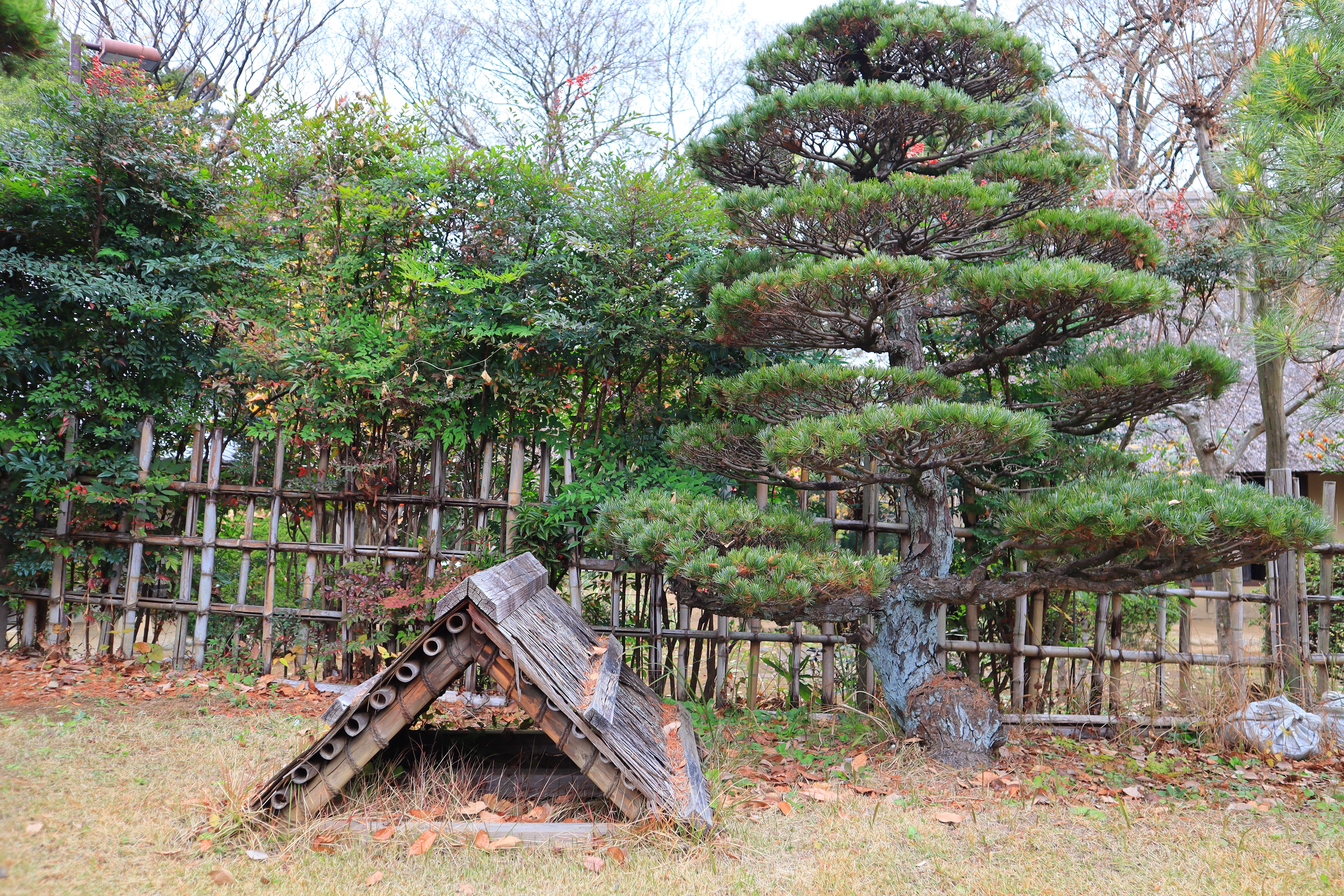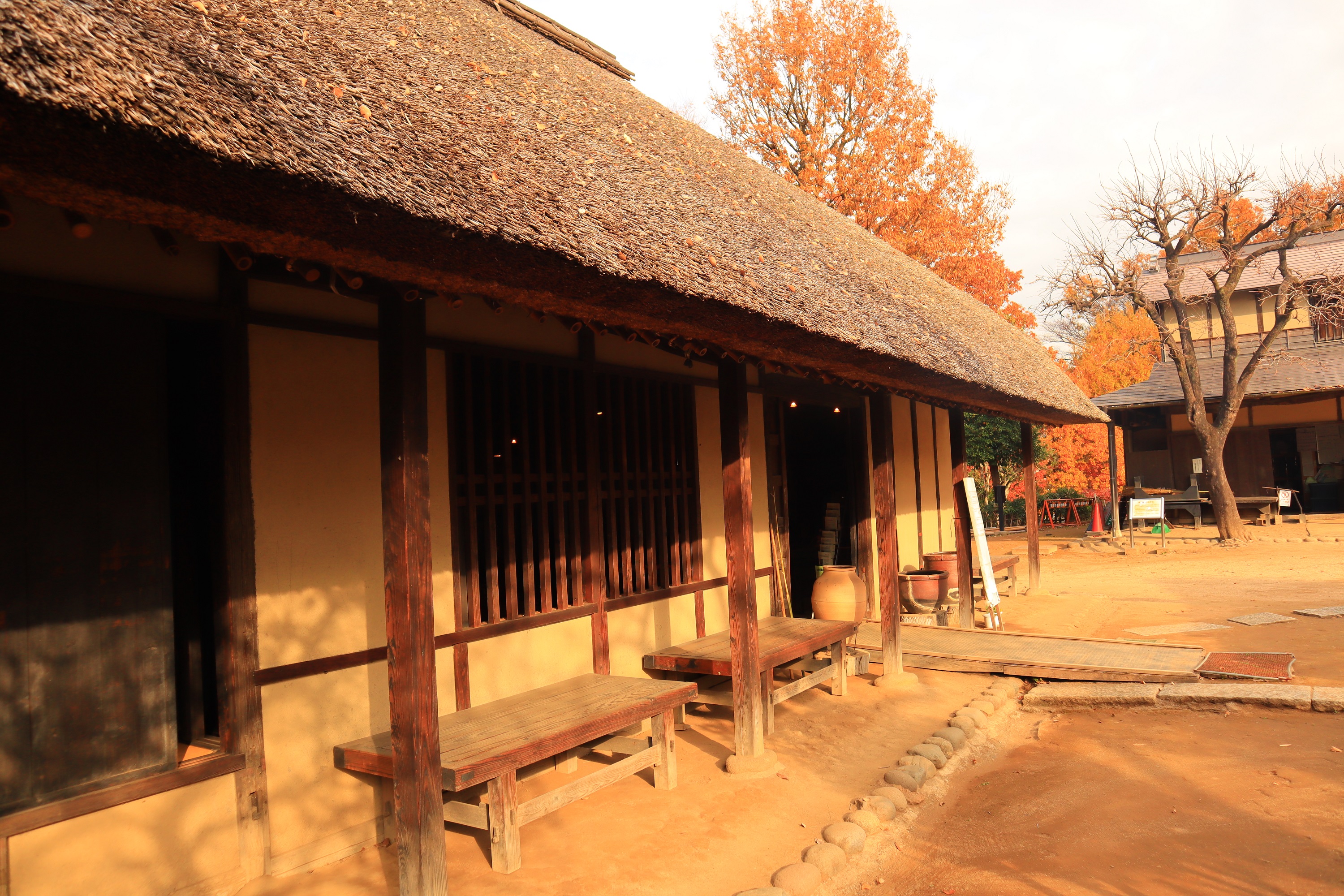Saitama Prefecture: Reconnecting society and nature.
Humans exist in the natural world. Even cities and suburbs are a part of the natural environment. But some environments, of course, give us a sense of the beauty and grandeur represented by what we imagine as “nature” – mountains, forests, meadows, rivers, farms, and seas.
But really, much of this landscape is shaped by humans. Through multi-tiered relationships and colored lenses of human endeavor we can imagine how things “ought to be,” rather than just describe “how they appear.” In Japan, contemporary understandings of human-to-nature relationships are often described through the words “satoyama” and “yamazato.” Satoyama, wonderful watery ecovillages, and its corollary yamazato, villages perched deep in the mountains and surrounded by forest, are contemporary terms providing a rich way of viewing Japan’s ages-old natural landscapes.
1.Terasaka Rice Terraces
In Yokoze-machi, you will find the magnificent terraced rice paddies of Terasaka Rice Terraces. Here, tucked in the hillsides in the Chichibu area (but closest to Yokoze Station) are around 250 rice paddies. The hills are steep and rugged, but are accessed by a series of walking trails; numerous ditches also serve as waterways for the rice paddies. Mountain rice paddies in far-away places such as Saga and Gifu Prefectures are far more famous, yet the Terasaka Rice Terraces are equally glorious and far easier to access from Central Tokyo. In particular, the seasonal rice planting in April and May, a one-night only lighting and firefly event in summer, and the blooming red amaryllis season in September offer the visitor a very special warm welcome.
2. Nagatoro River Cruise
The Chichibu area that is most famous for its recognition as part of a group of festivals designated as a UNESCO Intangible Cultural Heritage asset. In the Nagatoro area of Chichibu, you can enjoy an activity on a river cruise that is known as Nagatoro Line Kudari. In fairly small boats carrying up to 20 passengers, two traditionally-attired boat-drivers use long poles to navigate. The cruises usually take around 15-20 minutes, depending on the river’s flow, because the boats only go downstream. Other kinds of boating and rafting experiences are also available, but the most popular one is this river cruise, which allows you to take in the greenery, mountains, and majestic nature without navigating the currents on your own. The activity, though, is limited usually to between March and December. There is a brief offering in January and February of boating with “kotatsu,” a special space heater that you tuck your feet underneath that is a common sight in Japan during the cold days of winter.
3. Nakagawa Yashio Flower Park and Mizu no Gakko
Another extreme side of natural experience is the area known as Nakagawa Yashio Flower Park and Mizube no Gakko, in Yashio. The area sits beside the Naka River, that flows through Saitama and Tokyo and joins with the larger Arakawa on its way to Tokyo Bay. In fact, Yashio is directly adjacent to Adachi-ku, one of Tokyo’s 23 wards. Just as in Tokyo, it’s the unfortunate reality that a whole lot of trash, particularly PET bottles and plastic, float upstream in many urban areas.
But the people of Yashio decided around 20 years ago to try to change their local community. They rolled up their sleeves, collected riverside garbage, built a small inland waterway, created an artificial island, and planted flowers. The endeavor was financed much like many of Japan’s summer festivals – through small donations by individuals, companies, and organizations. Instead of festival lanterns, donors are recognized on small plaques hanging on the trees and sign posts. It’s a type of crowdfunding, one that is the source of community pride. Yashio’s efforts over more than a decade have been recognized outside their community, as other cities along the riverbanks have started to restore some of its natural beauty.
4. Former Takahashi Family Residence
Directly west of Yashio, in Asaka, another Saitama city that is adjacent to Tokyo, is the Former Takahashi Family Residence. The residence is over 300 years old, a relic of a small farming community that thrived in the area for hundreds of years, perhaps even thousands. The thatched roof is aging with the urban sprawl no longer hospitable for the long reeds used to make it. Even more, it’s difficult to comprehend that the former Takahashi home is rather humble, not the residence of a samurai lord or wealthy farmer. It’s surprisingly sparse. It remains standing, not only because of the town’s efforts to preserve its history, but because the area was uniquely situated to play host to a thriving village for centuries. Located on a small hill, with a potable water supply, as well as great access to the Arakawa River, made it possible for these humble farmers to easily port good to and fro – to the urbanites in Edo. Their farms were not the fruits and vegetables that one might expect, though. Rather, this enclave traded for the raw sewage (poop) from Edo, used their natural resources to compost and make natural fertilizer, and traded further upstream for the foodstuffs they couldn’t grow on their own.

